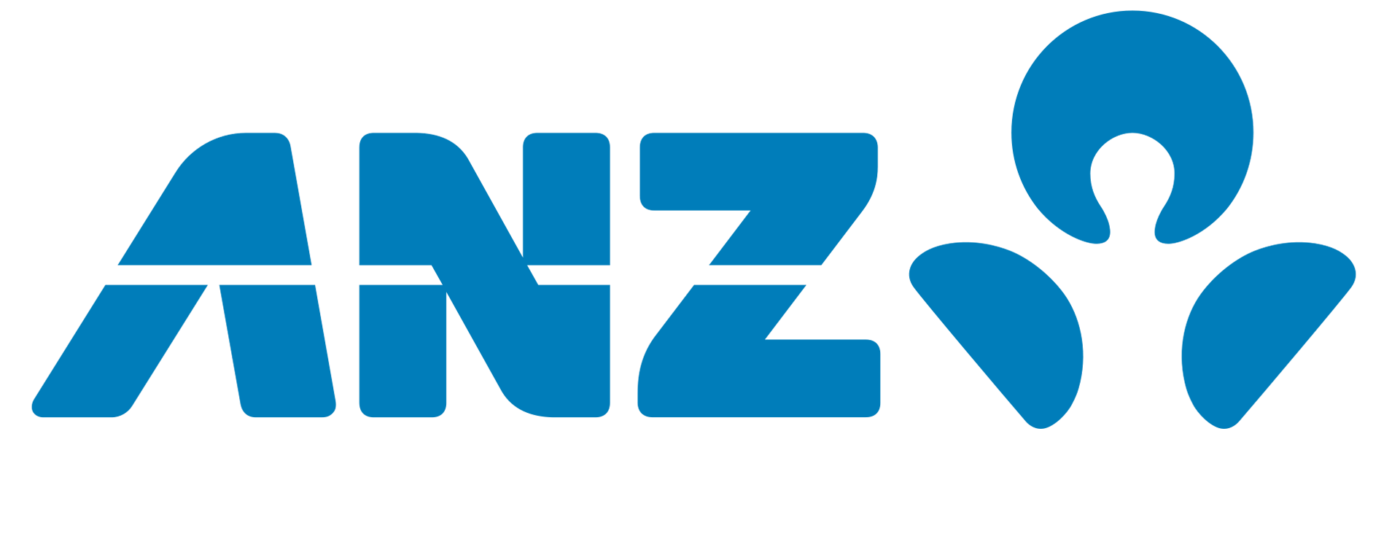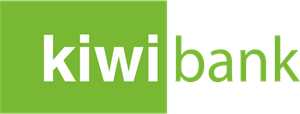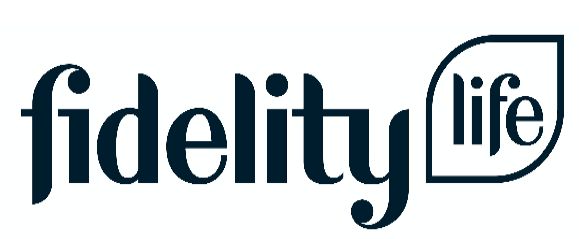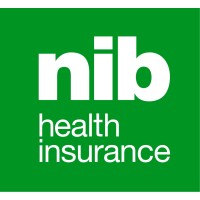Bridging Finance at Turning Point Finance
Whether you’re looking to upsize, downsize, or have found your dream home, purchasing a new house without selling your current one first is a common challenge. Bridging finance can provide the solution you need, enabling you to buy your new home before selling your existing property.
What is Bridging Finance?
Bridging finance, also known as a bridging loan, is designed to help you transition between homes. This type of loan allows you to secure the financing for a new property while still managing your current mortgage. At Turning Point Finance, we help you navigate the bridging finance process, ensuring you understand your options and make informed decisions.
getting in touch
We have local experts available to help you with all things finance related. They'll make complicated easy and provide you with the information and advice you need to make the right decisions with your money
Types of Bridging Finance
- Closed Bridging Finance: This option is for buyers whose current home sale and new property purchase are both unconditional. You will only need to bridge the gap between the two settlement dates, and this type of finance typically lasts up to 12 months.
- Open Bridging Finance: Ideal for those who want to purchase a new property without selling their current home first. Your bank will work with you to create a manageable lending structure, typically for a period of up to six months or until your current home sells, whichever comes first.
Pros and Cons of Bridging Finance
Pros:
- Flexibility: Enables you to secure your dream home before selling your current house.
- Quick Access to Funds: Provides quick access to funds, allowing you to act fast in a competitive market.
Cons:
- Financial Risk: If your existing home does not sell in time or sells for less than anticipated, you could face financial difficulties.
- Higher Costs: You’ll be responsible for covering two mortgage payments during the bridging period, which can become costly.
Cost of Bridging Finance
Bridging finance is often considered expensive due to multiple costs, including:
- Current mortgage repayments on your existing home.
- Interest-only payments on the new home, which may be subject to higher variable rates.
- Additional fees associated with securing a bridging loan.
Requirements for Bridging Finance
To qualify for bridging finance, lenders typically look for:
- Financial Stability: Evidence that you can manage existing debt obligations.
- Realistic Home Valuation: A credible appraisal of your current home’s market value.
- Contingency Plans: A solid plan to address potential shortfalls in sale price or delays in selling.
Get Expert Assistance
At Turning Point Finance, we understand that bridging finance can be complex and comes with its risks. Our experienced advisors are here to provide personalized guidance tailored to your unique situation. Whether you’re ready to make a move or just exploring your options, we will work with you to find the right bridging finance solution that fits your needs.
Frequently Asked Questions
- What is bridging finance?
Bridging finance is a short-term loan that assists individuals in buying a new property before selling their existing one. - What are the two types of bridging finance?
Closed bridging finance, where both properties are unconditional, and open bridging finance, where the existing home is not sold before purchasing a new one. - What are the benefits of bridging finance?
It enables you to buy a new home without the pressure of selling your existing one first. - What are the risks associated with bridging finance?
The primary risks include the possibility of your existing home not selling in time or for less than expected, which can lead to financial strain. - How do I qualify for bridging finance?
Qualification typically depends on your financial stability, realistic selling price expectations, and having a contingency plan.
Our home loans services
Your TP Finance broker will:
Evaluate your needs
Your Mortgage Choice broker will work with you to get a detailed picture of what you need from a home loan.
Calculate borrowing power
Your mortgage broker will calculate how much you can borrow so that you know the price range you can afford.
Compare your options
Your broker will compare and contrast hundreds of home loan products from over 20 lenders, including the big four banks.
Give expert advice
The banks are competing hard for your business. Your broker will provide expert advice to help you choose the home loan deal that's right for you.
Do all the legwork
Your broker will do all the paperwork and follow through the entire process with the lender from start to finish, making it as hassle-free as possible for you.
Pre-approval
Your broker may even be able to get you pre-approval on your home loan so that you can make an offer on a property or bid at auction with confidence.
All at no cost to you!
Your broker will do all of this at no charge to you because the lenders pay us a commission when the mortgage is settled. This doesn't affect the deal you get from the lender.
We pay your broker the same rate
At TP Finance , the only thing that matters to us is the home loan that's right for you. So we pay your broker the same rate no matter which home loan you choose from our wide choice of lenders.
Our promise to you

Don't pay a thing. Ever
Our home loan service is at no cost to you because the lenders pay us.

We do the legwork
Safe hours of research and paperwork. Let us do it all for you.

Always get straight advice
We don't favour lenders - our brokers get paid the same regardless of which lender you choose.
Being prepared to meet your broker
TURNING POINT FINANCE
5/8 Laidlaw Way, East Tamaki, Auckland
09 930 7620
We'll need to ask you a number of questions about your financial position, so it's best to bring as much information as you can to this first meeting, such as:
- pay slip or proof of income
- current bank statements
- your passport or driver's licence (ID) or birth certificate
- tax returns or tax assessment notice
- copies of recent statements for other credit facilities such as credit cards or other loans
- Sit down with you and get a thorough understanding of your circumstances, needs and goals.
- Based on your individual situation, compare a range of home loans from our wide choice of lenders – including the major banks – to help you work out the options that suit you without you having to do any of the legwork.
- Give you a clear comparison between different home loans.
- Calculate how much you can borrow and your likely monthly repayments so you know the price range you can afford to buy in.
- Explain all the costs associated with a loan.
- Prepare the paperwork, lodge the application and take care of all the running around.
- Help you complete and lodge an application for the First Home Owners Grant (if applicable).
- Negotiate the right deal for your needs with the lenders. Lenders receive a significant amount of business through the broker channel so it's in their best interest to work closely with brokers.
- Explain the home buying process end-to-end.
- Liaise with your lender to get an indicative approval and provide any additional information if required.
- Provide property details, such as contracts, to your lender once you've found your property and follow up with the lender until final approval is provided.
- Advise you on the information and documentation your solicitor or conveyancer needs to provide to complete the transaction.
From first home buyers who are just starting out, to seasoned property investors who want to save time and legwork, a mortgage broker can provide valuable guidance and support no matter where you are in your home buying journey.
Find out when you should see a broker based on where you are on the home buying journey here.
Different types of home loans
A number of different types of home loans are available. The one that is right for your needs will depend on your circumstances, but usually, most lenders offer several different types of home loans.
Remember, the different types of home loans each have various features that appeal to different borrowers. The key is to have the type of home loan that is right for your circumstances.
Compare the different types of home loans available and their pros and cons.
If you are buying a new property whilst you are still looking to sell your existing property, you might want to look into something called a bridging loan. A bridging loan is a short term loan that gives you up to 6 months to sell the existing property, helping you navigate this awkward time as you transition to your new home.
A construction loan is a specialised loan that helps you meet the unique needs of ongoing payments throughout the contruction process. The key difference between a construction loan and a regular home loan is that it allows you to draw down on the loan balance, whilst a traditional home loan is made available in one lump sum to the borrower.
A fixed-rate loan is one that allows you to lock-in the current interest rate at the time of settlement. This means that the lender can not make any adjustments to the interest rate, whether it be up or down. Depending on your situation and needs, you may want to fix a rate for up to 5 years, although the lifetime of the loan itself may be 25 or 30 years.
Though some people might like the security of knowing exactly how much their repayments will be, they might lose out on falling interest rates as the market changes.
When borrowing money from a lender or bank, you can choose to pay just the interest on the loan or both the interest and the principal (the actual amount borrowed). If you choose to pay only the interest on the loan, your repayments will be much lower freeing up cash for things like renovations and other expenses. However, a lender or bank will always assess your ability to pay back both interest and principle in order to qualify for the loan as interest-only loans have a limited life span of up to 5 years.
The interest rate is usually low to attract borrowers. Also known as a honeymoon rate, this rate generally lasts only for around 12 months before it rises. Rates can be fixed or capped. Most revert to the standard rates at the end of the honeymoon period.
Pros:
- Usually the lowest available rates
- When payments are made at the introductory rate, the principal can be reduced quickly
- Some lenders provide an offset account against these loans
Cons:
- Payments usually increase after the introductory period
Whilst it can be difficult to receive a home loan as a pensioner due to being considered risky by lenders, it is still possible to get a mortgage despite the challenges involved. If you are on a pension or applying for a home loan at an older age, you may be limited in the amount of funds you can borrow, this is due to a higher risk being associated by lenders when processing the loan application. The types of home loans available for pensioners can include reverse, mortgages, line of credit home loans and investment loans.
Once you have owned a property for a while and you have built up some equity by making repayments, you can then apply for a loan called a line of credit. This type of loan allows you to access the funds whenever it is needed.
This product is a handy and creative way to manage your cash as the money can be used for virtually anything and paid back on your terms.
As long you have more cash coming in than going out these accounts can be useful. However, they can be very costly if the balance of the line of credit is not regularly reduced as it can have higher interest rates and reduce the equity in your home.
As the name suggests, a low-doc loan is a loan suited to borrowers who may find it difficult to provide the paperwork needed for a traditional home loan. This type of loan usually appeals to investors and people who are self-employed as lenders will use other sources of documentation to consider your suitability for a loan.
Some people with a poor credit rating may struggle to be approved for a traditional home loan from as they are perceived as a greater risk to the lender. But not all is lost, as a non-conforming loan allows these people to secure a loan as lenders can use other evidence of your ability to repay a loan. A larger deposit is often needed as a sign that you are able to repay the loan and a higher interest rate is needed to offset the risk for the lender.
When you’re self employed, getting a home loan can involve a few extra steps making the process more complex. A guideline of some common requirements you should have ready when applying for a home loan are the following:
- Proof that your ABN has been registered for at least 2 years
- Last 2 years’ personal and business tax returns and tax assessment notices
- Balance sheet and profit and loss statements covering the most recent 2 years
- Details of any external liabilities: leases, hire purchase, overdrafts, company loans and/or guarantees
- Last 1 month’s business bank statements
A split rate loan allows you to fix one portion of the loan whilst the setting the remaining amount as a variable. You can even choose how much you would like to allocate to both, giving you the best of both worlds with the peace of mind a fixed rate provides whilst also being able to capitalise on the possibility of rates dropping.
The rate of interest you need to pay to the lender for your home loan can be subject to the movements of the interest rates set by the Reserve Bank of Australia. Essentially if the Reserve Bank of Australia moves the rate up or down, your lender is likely to follow suit by passing on the changes to you.
Why use a TP Finance broker?
Over the years, our passion for offering choice and advice has been extended to other areas of personal and business finance, including our industry leading financial planning service
Access hundreds of loans from our wide choice of lenders, including the big 4 banks. We shop around for you and your broker can negotiate a competitive rate.
We can offer our home loan service at no charge to you because the lenders pay us a commission when the mortgage is settled. This doesn't affect the deal you get from the lender.
The banks are competing hard for your business. Let us help you choose the right deal with expert advice at no cost to you.
Hectic lifestyles don’t leave time for long daytime meetings at the bank. We offer appointments at the time and place that suits you, including after work.
From comparing home loan options to preparing the paperwork and supporting you through to settlement, your mortgage broker does all the running around.
Your TP Finance broker will:
Our promise to you

Don't pay a thing. Ever
Our home loan service is at no cost to you because the lenders pay us.

We do the legwork
Safe hours of research and paperwork. Let us do it all for you.

Always get straight advice
We don't favour lenders - our brokers get paid the same regardless of which lender you choose.
Evaluate your needs
Your Mortgage Choice broker will work with you to get a detailed picture of what you need from a home loan.
Calculate borrowing power
Your mortgage broker will calculate how much you can borrow so that you know the price range you can afford.
Compare your options
Your broker will compare and contrast hundreds of home loan products from over 20 lenders, including the big four banks.
Give expert advice
The banks are competing hard for your business. Your broker will provide expert advice to help you choose the home loan deal that's right for you.
Do all the legwork
Your broker will do all the paperwork and follow through the entire process with the lender from start to finish, making it as hassle-free as possible for you.
Pre-approval
Your broker may even be able to get you pre-approval on your home loan so that you can make an offer on a property or bid at auction with confidence.
All at no cost to you!
Your broker will do all of this at no charge to you because the lenders pay us a commission when the mortgage is settled. This doesn't affect the deal you get from the lender.
We pay your broker the same rate
At TP Finance , the only thing that matters to us is the home loan that's right for you. So we pay your broker the same rate no matter which home loan you choose from our wide choice of lenders.



















